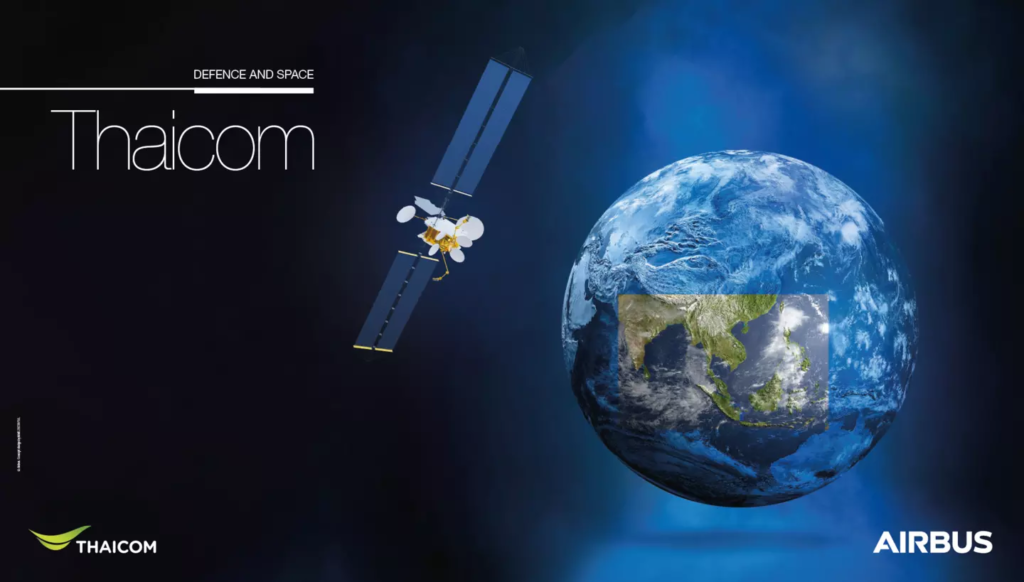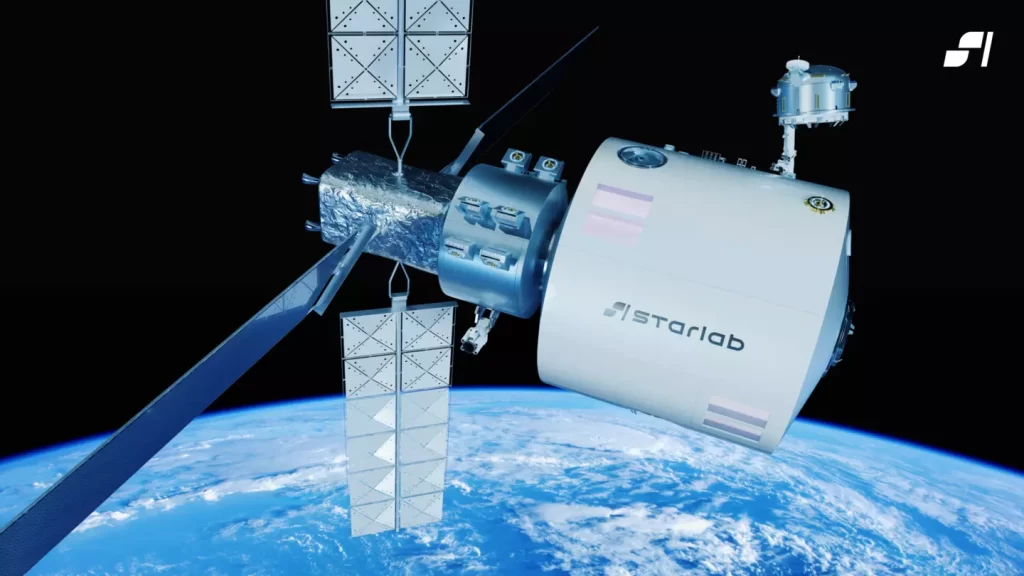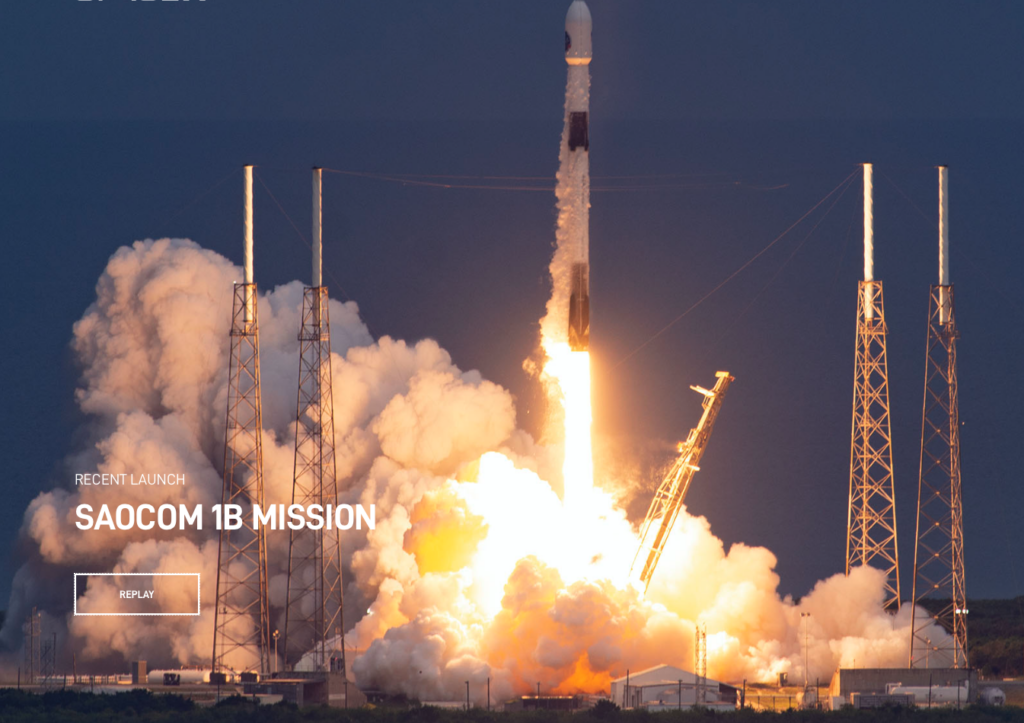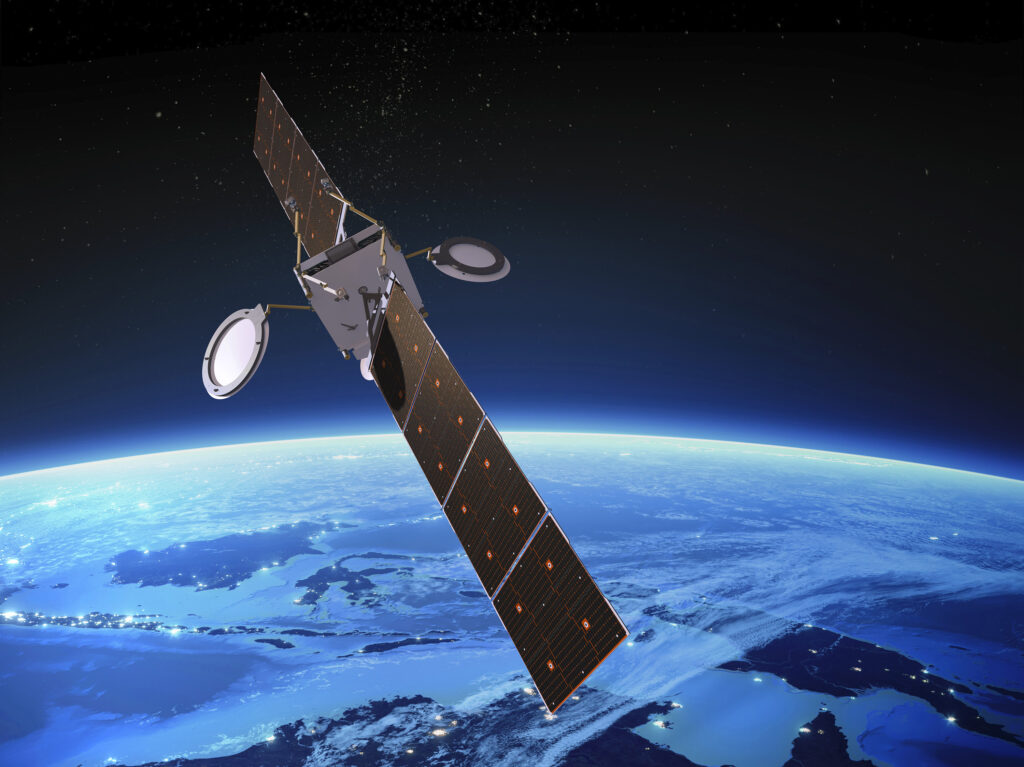Thaicom contracts Airbus for a OneSat flexible telecommunications satellite
Toulouse, France, September 11, 2023 – Thaicom PCL (THCOM), a leading Asian satellite operator and space technology company, has selected Airbus Group SE (AIR) for its new generation software-defined high throughput satellite. Airbus will provide one of…




